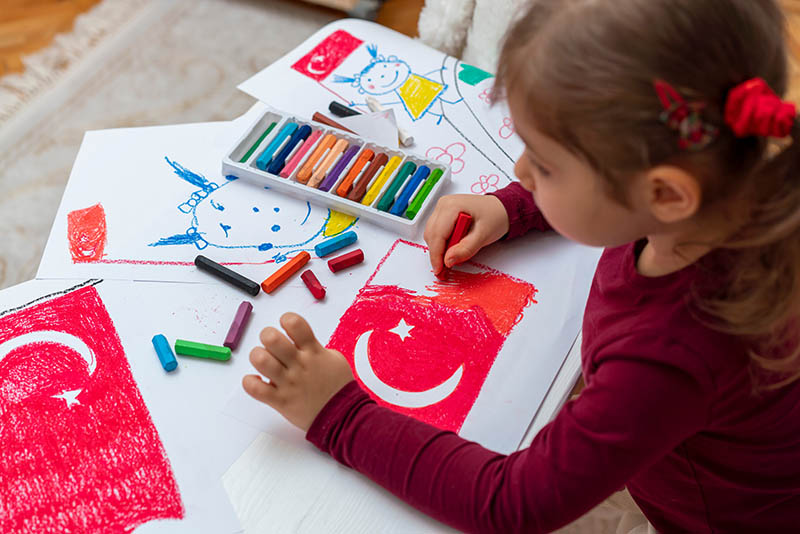There is a long tradition of the ESL and EFL classroom as a space of cultural instruction. In fact, given the overlapping nature of language and culture, this is almost inevitable.
And yet, this interdisciplinary approach need not end with culture alone.
There are many ways in which the English classroom can include and in fact exploit a variety of subjects and skills – especially for young students.
Already in young learner contexts, it is common to find elements of music, dance, art, and physical education built into activities, but this incorporation can be expanded into the hard sciences, and even into the higher grades.
By conscientiously pairing age and level with the interdisciplinary topics that are appropriate, a teacher can add variety and richness to their classes.
Not only that, but this inclusion can help set students up for success outside of the English classroom.
I have included two examples of this, but this integration is limited only by imagination:
About the author: Rosemary Hanson completed the 250-hour TESOL Diploma and the 20-hour TEYL specialist with OnTESOL.
Using ESL Games to Teach Math:
 In kindergarten and first grade, students are learning the fundamentals of mathematics: addition and subtraction.
In kindergarten and first grade, students are learning the fundamentals of mathematics: addition and subtraction.
Their proficiency in these basic skills may well determine their relationship with mathematics as they get older.
Therefore, when practicing English numbers and counting, it is easy to also bring in elements of basic operations.
An example of such a practice phase may take the form of a game.
In this game, each student receives several of a specific, small object – pennies, for example. They must count these in English.
Then, they find a partner and count their total objects.
If these two can correctly tell you the amount that they have together (responding to the prompt “How many are there?” from the teacher), then they each receive one extra penny.
New total in hand, they must then find a new partner and determine the new total.
As this game continues, they are practicing higher and higher numbers while simultaneously strengthening their number sense.
This game can even be adapted for multiplication in older students practicing large numbers. Each student receives a number – say in the hundreds – and must multiply it with their partners’ number.
When they can both successfully report their product, they each receive a “point” and find a new partner.
Not only is it a meaningful and engaging way to practice language, but it is a meaningful way of practicing arithmetic skills.
Read: Save $200 with the TESOL Certification Package for K-12 Teachers!
Teaching Comparatives and Superlatives:
Comparatives and superlatives are a goldmine as far as interdisciplinary lessons are concerned.
I have seen teachers integrate astronomy, history, current events, geography, biology, even chemistry into their comparatives and superlatives lessons.
I find nutrition a particularly productive topic for middle school students as it is often not covered in the school curriculum.
In one such activity, students receive prepared cards with the nutrition facts (calcium, vitamin C, sugar, and protein) for several foods.
With these in hand, students complete worksheets in which they rank the foods in different categories (which has the most calcium, for example) or participate in mingle activities, comparing the foods on their cards to determine the “healthiest” and the “worst” foods overall.
In this context, students are not only practicing the language, but they are cultivating a broader understanding of food and health.
They are learning English, but they are also learning real and valuable life lessons that remain regardless of language application later in life, and this type of lesson can be adapted for a wide variety of topics depending on the ages, experiences, and preferences of the students themselves.
Another article by Rosemary: Kinesthetic Activities for Teaching English to Young Learners





